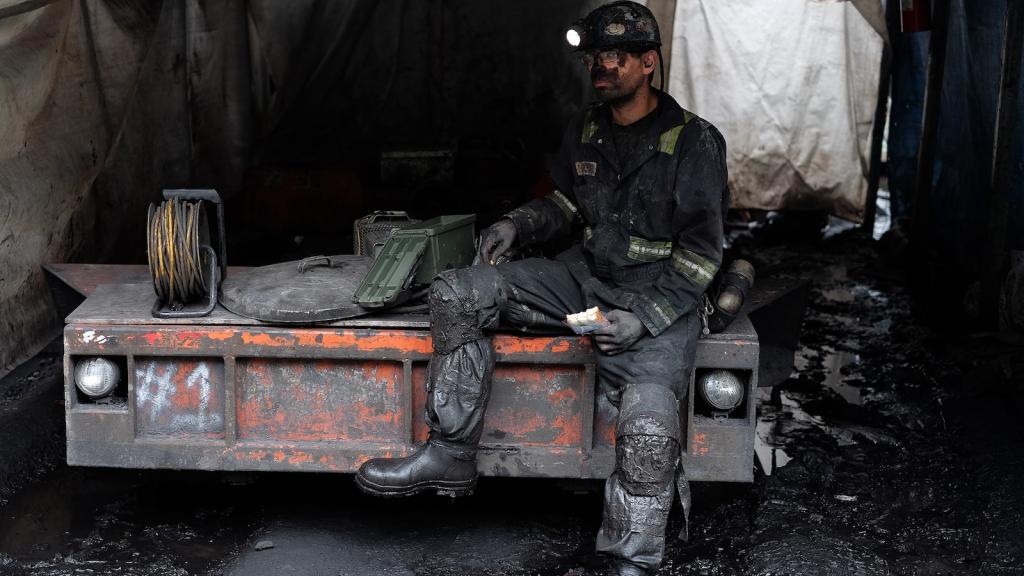Baseload geothermal power gets all the attention because it has such enormous potential for delivering low-carbon 24/7 power.
 But geothermal heat pumps (GHPs) are every bit as deserving of attention because they are the most energy efficient form of heating and cooling a building over much of this country [click on figure at right to enlarge]. And if you power GHPs with a renewable source of electricity, they are probably the best way to eliminate the need for natural gas heating in the winter while at the same time slashing peak demand in the summer.
But geothermal heat pumps (GHPs) are every bit as deserving of attention because they are the most energy efficient form of heating and cooling a building over much of this country [click on figure at right to enlarge]. And if you power GHPs with a renewable source of electricity, they are probably the best way to eliminate the need for natural gas heating in the winter while at the same time slashing peak demand in the summer.
The U.S. Energy Information Administration released its “Survey of Geothermal Heat Pump Shipments, 2006” last month. It found “that manufacturers shipped 63,682 geothermal heat pumps (GHP) in 2006, a 33 percent increase over the 2005 total of 47,830.”
Here is some background on the technology.
Geothermal heat pumps (also, ground-source heat pumps or GeoExchange systems) provide both heating and cooling. They typically run piping a couple hundred feet below the earth’s surface (or occasionally connect to a nearby body of water). Here the temperature stays relatively constant throughout the year.
Since the ground is warmer than the outside air in the winter, GHPs expend less energy than conventional systems to heat up a building. Similarly, since the ground is colder than the outside air during the summer, GHPs expend less energy than conventional systems to cool down the building. Thus, GHPs maintain high-efficiency all the time in virtually any climate. Indeed, when it is very hot outside or very cold outside, that is exactly when there is the largest temperature difference between the outside and underground, and so geothermal heat pumps are ideal in severe climates or climates characterized by high daily temperature swings.
The idea of geothermal heating is quite old. Hot spring water was used to heat bathhouses back in ancient Rome. The first patent on the technology dates back to 1912 Switzerland, and systems such as the one at United Illuminating in New Haven, Conn. have been operating since the 1930s. But only in the last two decades has technology improved to a stage where the market for GHPs is rapidly expanding.
Compared to conventional systems, GHPs typically have higher initial cost but lower maintenance and energy costs. They require less floor space than conventional heating and cooling systems because the exterior system is underground. They are very quiet and long-lasting. Also, they can provide simultaneous heating and cooling. For example, in the summertime, they can provide both air-conditioning and hot water.
The EPA compared a variety of different heat pumps and found that GHPs can reduce energy consumption and, correspondingly, emissions of greenhouse gases and other pollutants by 23 percent to 44 percent compared to more standard heating and cooling equipment. Geothermal heat pumps had superior environmental performance in virtually all locations except where the local electricity was very coal-intensive in which case gas-fired heat pumps were superior. Of course, GHPs are best suited for new construction or major retrofits were digging up the ground is viable.
Certainly if you are planning to build a house, GHPs should be something you seriously consider.
If you want more technical details Wikipedia has a good entry, and here is a good FAQ.
This post was created for ClimateProgress.org, a project of the Center for American Progress Action Fund.

